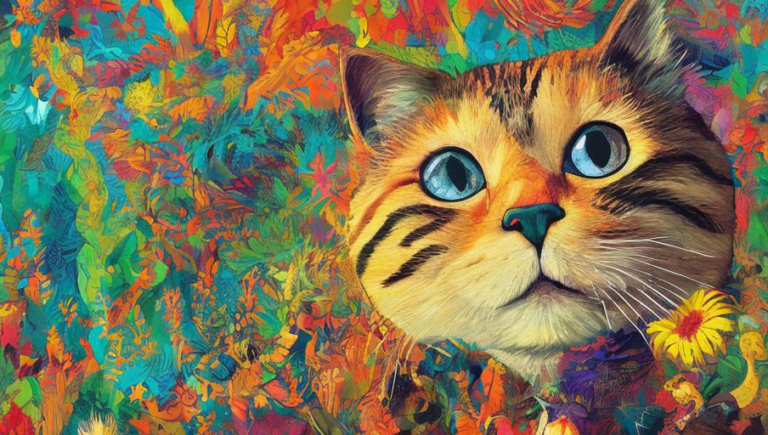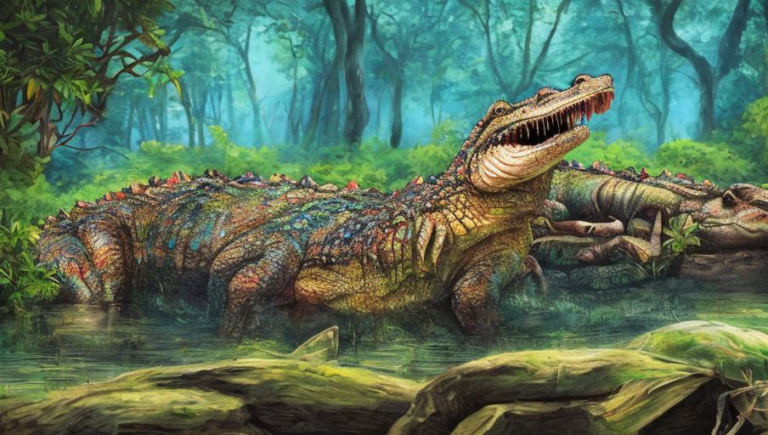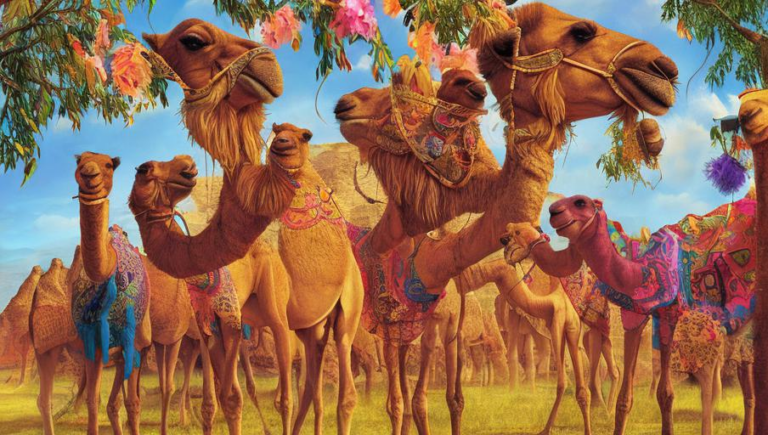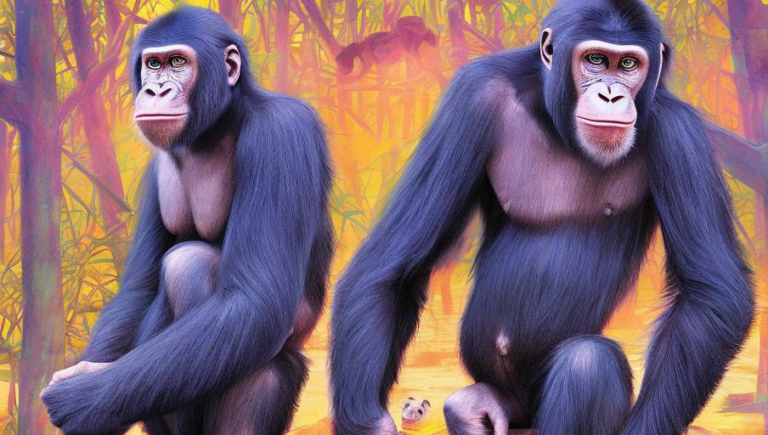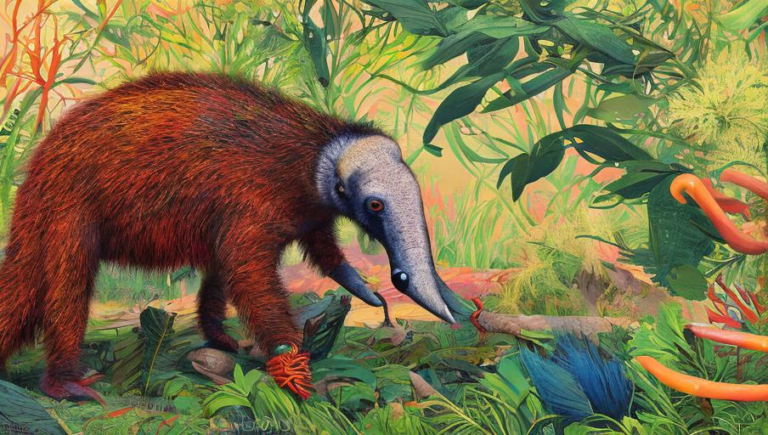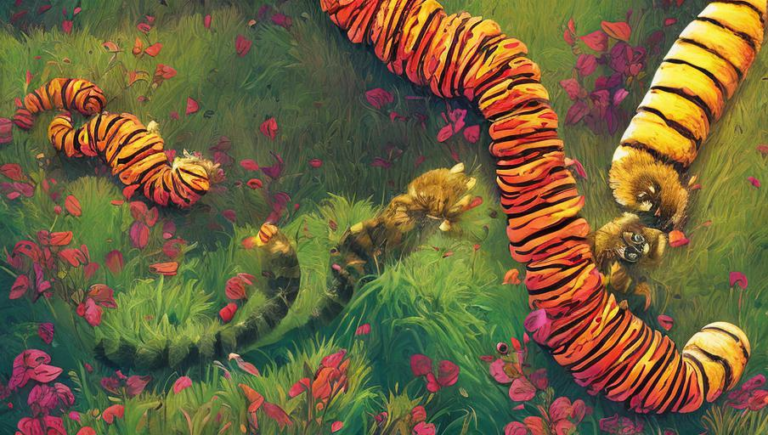History of the Anteater
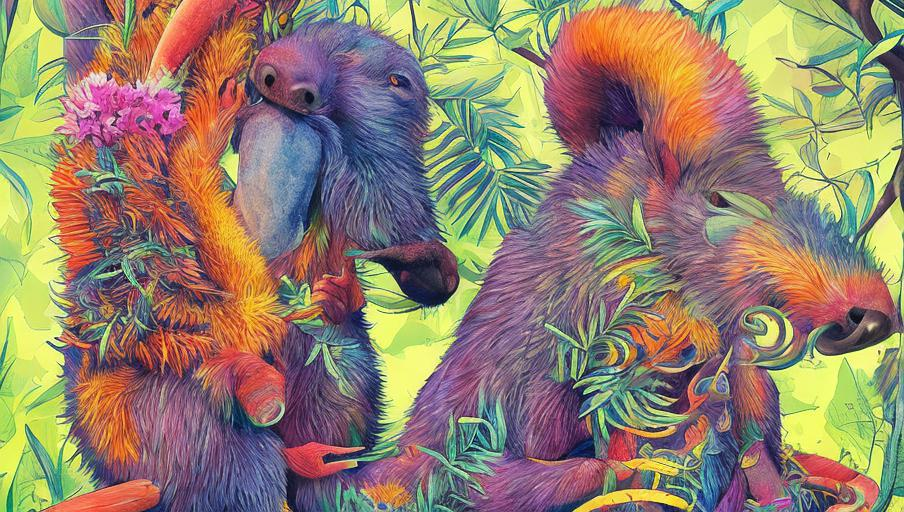
The Anteater: A Fascinating Creature
The anteater is a fascinating creature, found in both Central and South America. Its scientific name is Myrmecophaga tridactyla and it belongs to the order Xenarthra, which includes armadillos, sloths and aardvarks. There are two main species of anteaters, the tamandua and the giant anteater, with the latter being the largest species. The tamandua is found in the northern part of South America, while the giant anteater is found in the southern part.
Physical Characteristics
The anteater is a unique species, with several distinct physical characteristics. It has a slender body and a long, slender snout. It has strong, curved claws that are used for digging and tearing open ant nests, and it has a long, prehensile tail that is used for balance and support. It has poor vision, but its sense of smell is highly developed. The anteater is also surprisingly fast, and can run up to 25 miles per hour.
Diet and Behavior
The anteater is an insectivore, meaning that its diet consists mainly of ants and termites. It uses its long snout to sniff out ant nests and then tears them open with its claws. Once the nest is opened, the anteater uses its sticky tongue to slurp up the ants, consuming up to 30,000 ants a day! Anteaters also feed on other insects and small animals, such as spiders, lizards, and eggs. Apart from eating, anteaters also spend most of their time resting and grooming themselves.
Reproduction and Care of Young
The anteater has a long mating season, usually lasting from November to March. During this time, the female and male both participate in courtship rituals. After mating, the female will give birth to a single offspring and will care for it for up to 10 months. During this time, the female will carry the baby on her back, giving it protection and warmth. Once the baby is old enough, it will start to forage for food on its own.
Threats and Conservation Efforts
The anteater is an endangered species due to habitat loss, hunting, and climate change. Conservation efforts are being undertaken to protect this species and its habitat. These efforts include the creation of protected areas, breeding programs, and education campaigns. Additionally, research is being done to better understand the anteater’s behavior and ecology, which will help us protect them better in the future.
Conclusion
The anteater is a remarkable species with an incredible adaptation to its environment. It is a species that needs to be protected and conserved, and we must do everything we can to ensure its survival. By learning more about this fascinating creature, we can help to protect it and its habitat for future generations.
